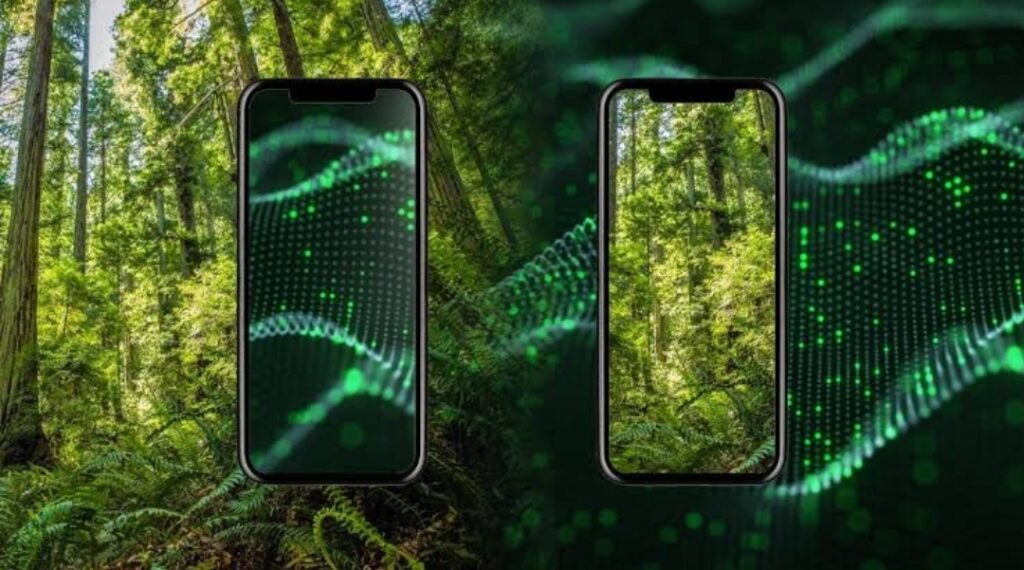In today’s digital age, access to mobile phone services is essential. Free mobile phone services can help bridge the digital divide, especially in underserved communities. These services provide a lifeline to essential resources, including emergency services, educational tools, and job opportunities.
Programs like the Lifeline Program Offer discounted phone services to those who qualify, ensuring that lower-income households can stay connected. Without such support, many people would remain isolated and unable to participate fully in modern society’s economic, educational, and social activities.
Connecting Underserved Communities
Connectivity is key to participation in the modern world. For many, programs that offer free mobile phone services are their only means of staying connected. These programs are particularly impactful in rural and low-income urban areas where access to technology might be limited. A reliable connection can transform lives by providing access to vital information, enhancing opportunities for education and employment, and allowing for seamless communication with friends and family. In many cases, these services can be life-saving by providing instant access to emergency assistance and medical services.
Moreover, the mental health benefits of staying connected cannot be overstated. Isolation and lack of access to information can lead to feelings of being left behind and exacerbate social and economic divides. Free mobile phone services thus play a significant role in attaining equitable access to the digital world, helping to level the playing field for everyone involved.
Importance of Programs Like Lifeline
Programs like Lifeline provide discounted phone services to those who qualify, ensuring that lower-income households can stay connected. This is crucial for emergencies and accessing community services. With Lifeline’s support, families can access job portals, educational sites, and social services that are essential in today’s economy. For instance, a job seeker can use their mobile phone to search for job listings, submit applications, and attend virtual interviews. Meanwhile, students can engage in remote learning, access online textbooks, and communicate with their teachers and peers.
Additionally, elderly individuals who may not have the mobility to visit medical centers frequently can benefit from telehealth services, scheduling appointments, and consulting with healthcare providers remotely. The accessibility provided by the Lifeline Program extends beyond mere connectivity; it opens up a world of opportunities and support systems essential for a holistic and healthy lifestyle.
Boosting Educational and Employment Opportunities
Mobile phone services are no longer a luxury; they are a necessity. Access to these services can open doors to educational resources and employment opportunities, particularly for communities that struggle with economic challenges. According to a report by the ACLU, bridging the digital divide is vital for ensuring that everyone has access to the tools needed to succeed in the digital era.
Consider the educational sector, where students can access a vast array of online courses, tutorials, and educational apps. This digital education complements traditional classroom learning and provides additional resources for academic success. Similarly, in the employment domain, digital connectivity allows job seekers to not only find job openings but also to build resumes, enhance their skills through online training programs, and network with professionals in their field. Such opportunities can significantly boost an individual’s employability and career prospects.
Ensuring Accessibility and Usability
It’s not enough to provide free mobile phone services; ensuring these services are user-friendly and accessible is equally important. User experience can significantly affect the adoption and utility of these services. Simple interfaces, multilingual support, and customer service assistance can help ensure that everyone, regardless of their tech-savvy, can make the best use of the services provided. For instance, elderly users or those with disabilities may need larger text options, voice commands, or other accessibility features.
Moreover, comprehensive user education is crucial. Users should be informed about how to maximize the benefits of mobile services, ranging from basic functionalities like making calls and sending texts to using more advanced features like internet browsing, setting up telehealth appointments, or participating in online learning. Ensuring that support is easily available can drastically improve user experience, thereby increasing the overall adoption of these services.
Real-Life Impact Stories
Many success stories showcase how free mobile phone services have changed lives. For instance, consider a single mother who can now apply for jobs online and keep in touch with potential employers. This newfound connectivity allows her to find better job opportunities and improve her family’s financial situation. Similarly, a student in a remote area can access online coursework and educational resources, bridging the gap between them and their urban counterparts in educational attainment.
These real-life examples underscore the importance of such initiatives. Another example could be an elderly person living alone, who can now connect with family members, caregivers, and healthcare providers through video calls, ensuring they don’t feel isolated and can receive timely medical advice. It’s stories like these that highlight the transformative power of free mobile phone services in enhancing the quality of life for individuals.
The Future of Free Mobile Services
As technology continues to evolve, the future of free mobile services looks promising. With ongoing advancements and increasing awareness, more people can benefit from these programs. It is essential to continuously adapt and improve these services to meet the growing demands and ensure they remain a reliable resource for those in need. Innovations such as 5G technology, improved battery life, and more affordable smartphones could make these services even more impactful.
Furthermore, partnerships between government, non-profit organizations, and technology companies could lead to more comprehensive and sustainable solutions. Together, these organizations can guarantee that free mobile phone services are not only accessible but also dependable, safe, and long-term advantageous. The focus should be on developing an inclusive digital environment where all people have the resources necessary to flourish, regardless of their financial situation.
